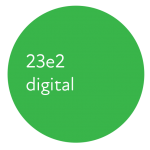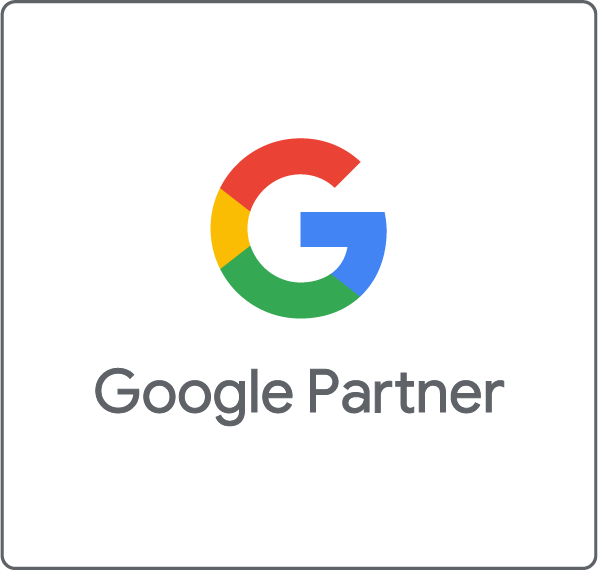© 23e2 Business Services Inc. | Working With 3rd Parties
7 Ways to Optimize Images for SEO in 2024
Dive into the world of Image SEO, where there’s more than just adding a description to images. This key part of on-page SEO helps make your images better for search engines, improving website’s performance and visibility.
In this guide, we will share 7 easy ways to sharpen your Image SEO skills, including tips on user experience, data structure, file types, and more. Let’s start boosting your web presence!
What is Image SEO?
Image SEO is an element of On-Page SEO that focuses on optimizing the images on your website for the search engines. Unlike users who can recognize an image just by looking at it, search engines can’t, as they can only see text and HTML codes. This is why we need to optimize our images so that search engines can easily understand the context of the image and be able to properly index it for the search results.
Most websites tend to gloss over the importance of Image SEO as many believe that Image SEO is not as important compared to other SEO factors such as link building, content marketing, local SEO, and website optimization. Although these factors are important when ranking on search engines, Image SEO also plays an important role in helping you rank for the top of the search results. By overlooking Image SEO, it can hinder your website’s ability to gain links, indexed by the search engines, as well as driving organic traffic back to your site.
In this article, we will be exploring 7 different ways you can start optimizing your images for SEO.
1) Optimize for User Experience
User experience is one of the most important factors when it comes to SEO as search engines are always looking for the best websites to match their users’ search queries. This is also true for Image SEO. A key thing to always remember when implementing SEO is to focus on your audience first and search engines second.
Here are some examples of ways you can optimize your images for user experience:
- Add context to your images: Make sure the images you chose are relevant to the content on your page. The purpose of your visual content is to complement and support your written content to add more value to your users.
- Avoid text inside images: Embedding text into images can confuse search engines as they cannot understand it. Instead, try making your content more accessible by keeping your text in HTML, and using alt text to describe your images.
- Optimize page content: Content is king. This is also true when optimizing for Image SEO. High-quality and informative content is always more likely to be shown on the search results. Optimizing your content increases the chance for your content to be generated as a text snippet which will show your image at the top of the search results.
- Mobile-friendly: As the number of mobile users continues to grow, it is important to optimize your content for all types of devices to provide the best user experience regardless of where your content is being accessed from.
- Clear URL structures: Make sure your URL is structured logically as this helps search engines to understand what your images are about.
2) Structured Data for Rich Result Display
Structuring data for rich results display allows relevant information about your page to be displayed on the image results, this helps to drive more traffic back to your site. There are three categories that you can structure your data for Product, Video, and Recipe.

To effectively structure data for rich results, here are some general quality guidelines you can follow:
- Content: Provide original and up-to-date information.
- Relevance: Structured data must accurately reflect the page contents.
- Completeness: Provide all the information that is important to users. (e.g, Stars rating, reviews, price, phone number).
- Specificity: Provide specific information about your page to be shown on richer features of the search results.
- URL: Make sure your image URLs are crawlable and indexable.
- Multiple items on page: Mark up all user-visible information with structured data to help search engines understand the information on the page.
3) Use Alt Attribution
Alt-text is a text description of an image to help Google’s algorithms to understand the context of the image. When creating an alt-text for your images, it is important to provide an information-rich description that contains keywords that accurately reflect the context of your image. Speaking of keywords, it is important to note that keyword stuffing is not encouraged as it creates a negative experience for users as it can come across as spammy.
Here are some guidelines to follow when creating alt-text:
- The text should accurately define what’s in the picture.
- The text should inform users where the picture goes to if the image is inside an element.
- Use alt=” if the image is only for decoration.
Examples of alt text for images:

Okay description: <img src=”cheesecake.png” alt=”cheesecake”>
This is an ‘okay’ description because it does describe what’s on the picture, but it is too general.
Good description: <img src=”cheescake.png” alt=”strawberry cheesecake with mixed berries on top”>
This is a better description as it goes more in-depth about exactly what kind of cheesecake the picture is with great levels of accuracy.
4) Choose the Right File Types
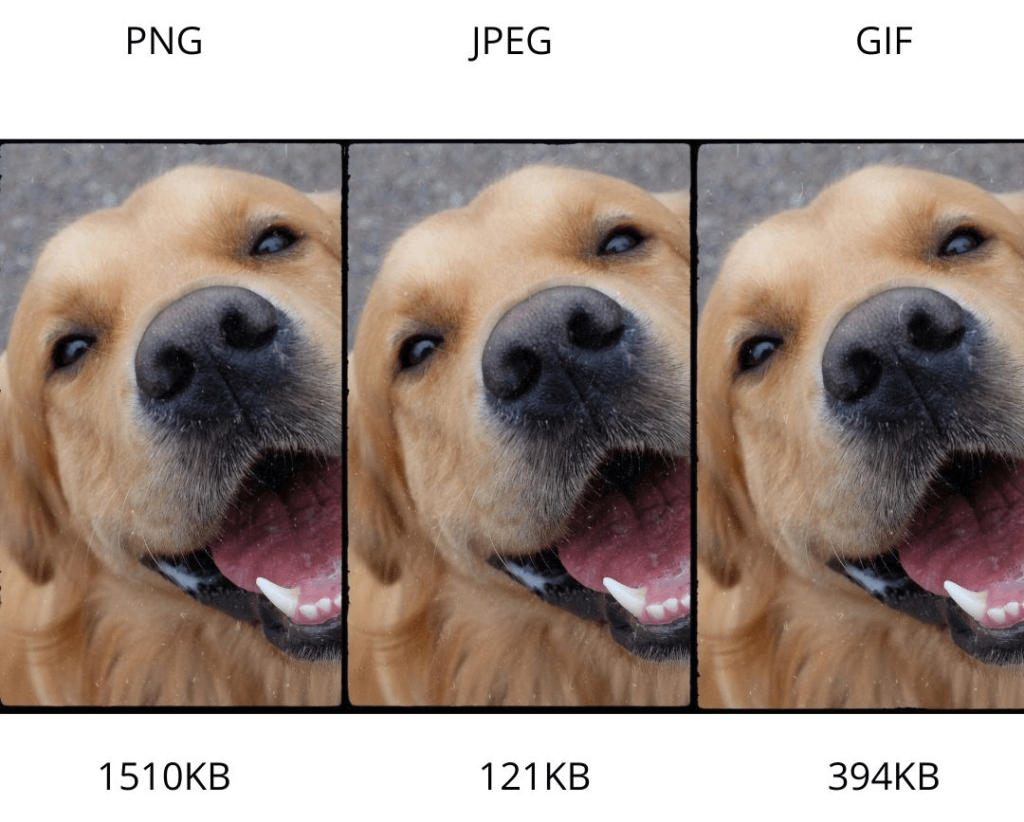
The three most common image file types are JPEG, PNG, and GIF. Each of these file types utilizes a different compression method for images, which affects not just the quality of the image but its file size. The file size is an important factor to consider when deciding on which file type to use as the size of images can affect the load speed of your pages. The larger the file size the more time it will take for your page to load. Loading speed is a crucial factor in SEO as users want to access the information quickly. Ideally, you should aim for a balance of high-quality images with the smallest file size possible.
Here is a brief description of each of the formats and how they can be best used:
JPEG: Great option for photographs and realistic images, it results in the smallest file size but the lower quality compared to PNG.
PNG: Produce high-quality images, but usually results in larger file sizes. Best used for line art, text-heavy images, and others.
GIFs: Commonly used for moving images.
5) Decrease the File Size of Your Images
In the previous section, it was mentioned briefly that page speed is an important factor for SEO, and how smaller file size can significantly improve the load speed of your website. To expand on this further, there are methods of reducing the size of the file even more by reducing its quality. This doesn’t mean distorting the image just for the sake of decreasing the file size. It means you can reduce the quality of the image to an extent that is barely noticeable to the naked eye. Check out the image of the cat, notice how with the right amount of tweaking, you can get nearly the same image quality with a file size that is 10x less.
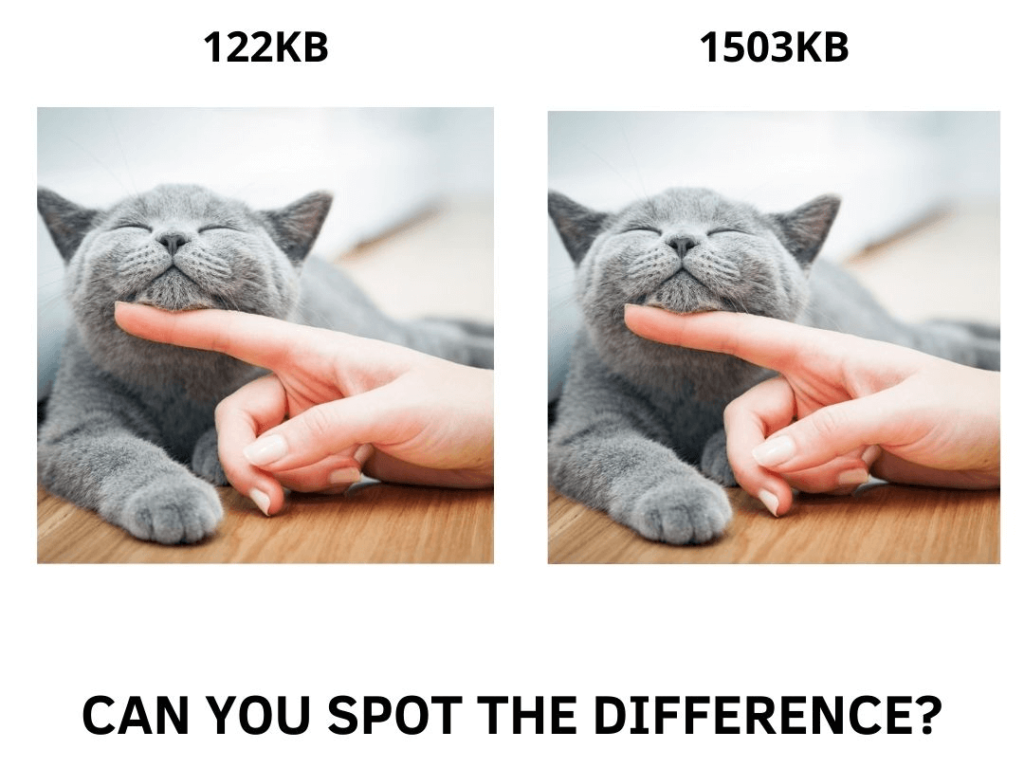
There are several tools available to achieve this such as Imageoptim, Shortpixel, Kraken.io, and more. With these tools, you can significantly reduce the size of your images without compromising the quality of the images for the users.
6) Add Images to Your Sitemaps
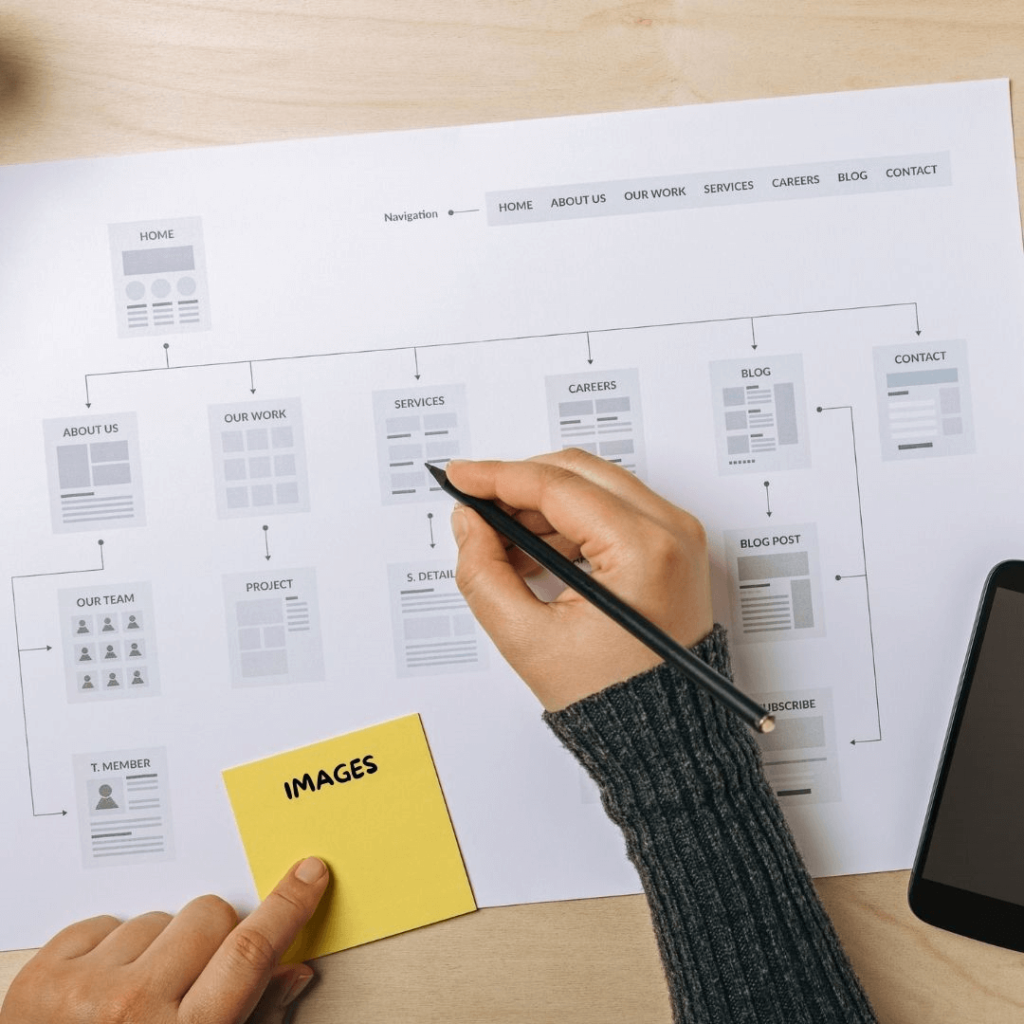
By adding images to your Sitemaps, helps Google to receive metadata about images on your website. This also helps Google to discover new images that they might not have found through crawling, such as the ones from JavaScript forms.
According to Google, “Image sitemaps are an important source of information about the content on your site.” This means by providing Google with descriptive information about your images, you can significantly improve the chances of your images being discovered by Google, thus improving its overall ranking on the search engines.
Google offers a list of best practices you can follow to best add images to your Sitemap.
7) Lazy-Loading
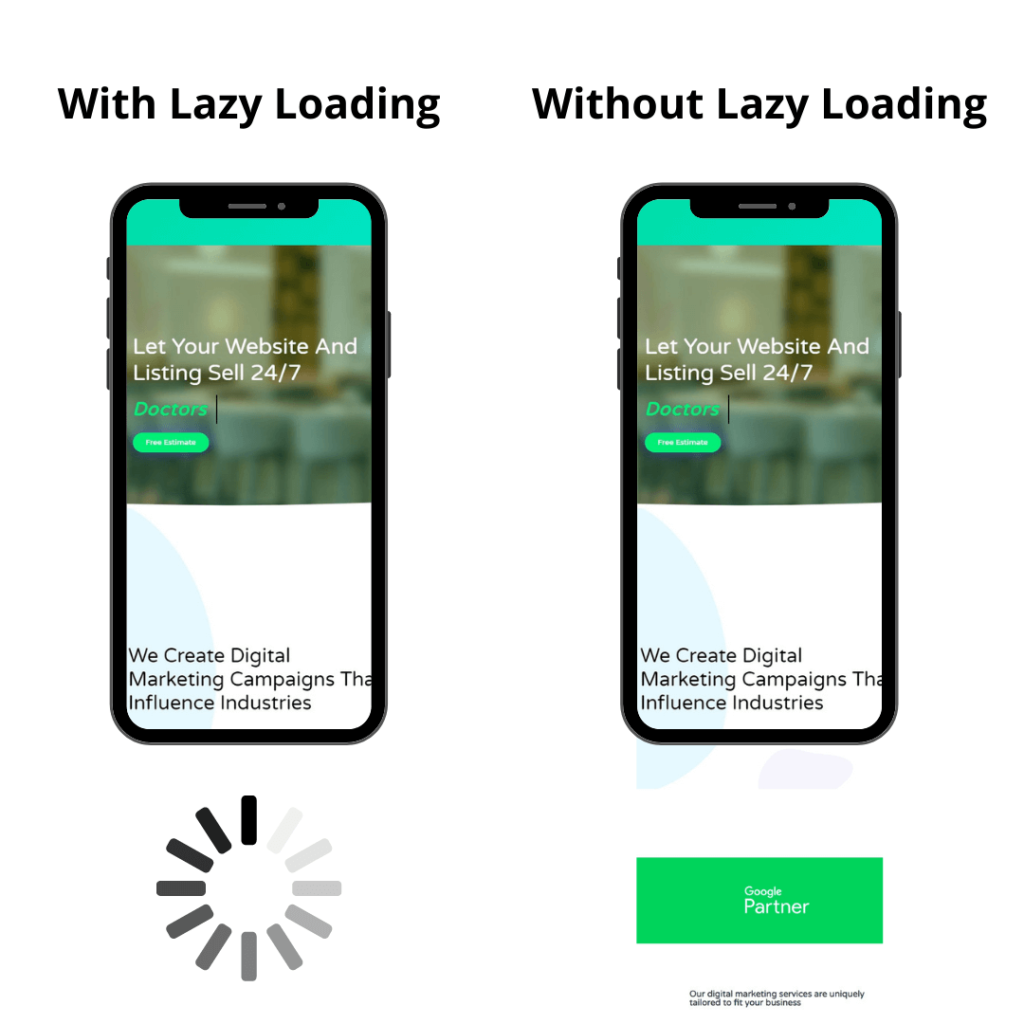
Lastly, using lazy loading to help improve the load speed of your website. To put it simply, lazy loading is a strategy where your browser only loads images as they are needed.
Normally, when a user visits a page on your site, all the content on the page will load automatically. (As we have previously explained, the more content you have on your page the more time is required to completely load the page.) However, there are cases where users do not require to see all the content on the page as they might be only interested in a certain portion of your content. In this case, memory and bandwidth are wasted to load content that is not even going to be seen by the user.
This is where lazy loading can help to significantly boost the loading speed of your pages. With lazy loading, your page will gradually load based on how the user is interacting with your page.
For example, if the user is currently browsing the top half portion of your page, then only content in the top half portion will be shown, and as the user progresses down the page more and more content will be shown.
With lazy loading, your pages will be able to load efficiently and users will have quick access to the content without having to wait for the entire page to finish loading. This provides a greater user experience, reduces bounce rate, and improves overall SEO.
Image SEO: Key Takeaways

Now that you understand the importance of Image SEO, try incorporating the tips discussed in this article for your SEO strategy.
Here is a summary of the key takeaways from this article:
- Always optimize with the users in mind first before the search engines, as happy users go hand-in-hand with high rankings on the search results.
- Structure the data on your site for the search engines so that it can be crawled and indexed.
- Use alt-attribution to provide an accurate and detailed description of the image to help the search engine understand what the image is.
- Choosing the best file type for images for quick load speed without sacrificing the quality of the image.
- Adding images to your site maps.
- Consider lazy loading to help load your pages more efficiently.
Keep in mind that the tips discussed in this article are just some of the ways you can improve your Image SEO. If you want more information, Google goes more in-depth on their page. Image SEO may seem daunting, but it will be all worth it once you see your content at the top of the search results!
FAQs About SEO Images
To optimize your image for SEO, ensure you use a descriptive filename and alt text. Also, compress the image to reduce its size without compromising the quality, and choose the right file format. Ensure the image is relevant to the content on your page.
The best image format for SEO is typically JPEG, as it provides the best quality for the smallest file size. However, PNG can be used for images that require transparency and GIF for moving images.
Yes, image names do affect SEO. Using descriptive, keyword-relevant image filenames helps search engines understand your image and can improve your visibility in image search results.
You can optimize an image by reducing its file size with a tool like TinyJPG or CompressJPEG, choosing the right format, using a descriptive filename, adding alt text, and making it responsive so it’s optimized for both desktop and mobile.
